Su-25: from the past to the future
In March 1981, the newest Su-25 attack aircraft, also known as the Rook, was adopted by the USSR Air Force. By this time, the experimental vehicles managed to show their full potential both at the proving grounds and in real armed conflict. Despite their considerable age, the Rooks remain part of the aerospace forces of Russia and are undergoing modernization. Thanks to this, the airborne forces can retain the necessary strike capabilities, and the Su-25 gets the opportunity to serve for several more decades.
Soviet past
The serial production of Su-25 attack aircraft began to be mastered in the late seventies, and in the early eighties the first samples were handed over to the customer. Already in 1980, the Air Force received the first 10 aircraft, and in 1981 - another 13. However, the pace of production did not suit the customer, and he required more new equipment.
On February 29, 1980, an order appeared to form the first unit equipped with Su-25 aircraft. She became the 80th separate assault air regiment (80th oshap) as part of the Transcaucasian Military District. The place of basing is Sital-Chai airdrome near Sumgait. For a number of reasons, a part received new equipment only a year after its formation.
In 1983, the second part of the Su-25 appeared in the Odessa Military District. The 90th fighter regiment (Chervonoglinskoe airfield) was reorganized into the 90th oshap. For some time, the regiment operated the old Su-15 and the new Su-25. The following year, the formation of the 357th oshap (Pruzhany-Zapadnye) began in the Belorussian military district. In the fall of 1985, the regiment was transferred to the GDR; it became the first unit on the Su-25 as part of the GSVG.
The process of forming new assault regiments continued until the second half of the eighties. First, units appeared in the Air Force, then the Rooks received the naval aviation. The first pilots to master the new technology of the Black Sea fleet, and after them, similar units appeared in the North and the Pacific.
In the period from 1981 to 1991, new attack aircraft replenished the fleet of equipment of 23 units, organizations and divisions, including 15 drill oshap. 13 regiments were listed in the Air Force, three more - in naval aviation. The bulk of the regiments was deployed in the western regions of the country. Three regiments served in the GSVG. The eastern borders were covered only by the 187th oshap.
In addition, the Rooks were owned by the STCI of the Air Force, instructor and instructor-research regiments and squadrons of the Air Force and Navy. As part of the 40th Army, which worked in Afghanistan, since 1981 there was the 200th separate assault squadron. Subsequently, the presence of attack aircraft increased, forming the 378th oshap - he replaced the 200th squadron.
Russian present
The collapse of the USSR hit the entire army, including and the Su-25 attack aircraft. Several attack regiments remained on the territory of independent states; parts of the GSVG left for Russia. A significant part of the created Rooks fleet went to the Air Forces of new countries, but the Russian army remained the largest operator of such equipment. However, the full operation of the aircraft was not possible for economic reasons.
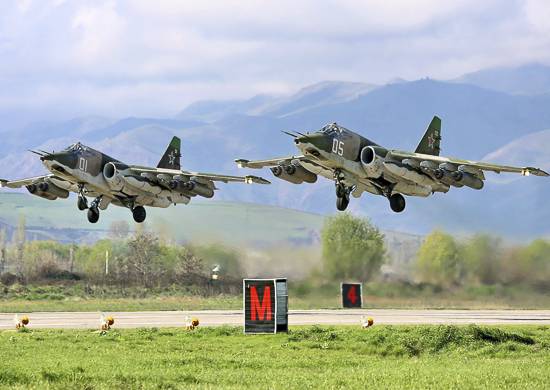
Against the backdrop of these events, the attack aircraft again had to take part in armed conflicts. Su-25s were used during two wars in Chechnya and forcing Georgia to peace. In these operations, 13 aircraft were lost, and another 4 had to be written off due to damage.
Despite all the problems of the nineties, the Air Force was able to maintain the existing equipment and personnel. Naval aviation, in turn, abandoned the Su-25 and handed over the equipment to the air forces. Subsequently, structural transformations were launched, according to the results of which the modern appearance of the Russian Air Force assault aircraft took shape. In parallel, work was carried out to maintain the state and modernize the available equipment.
According to well-known data, now in our VKS there are about 190-200 Su-25 aircraft of several major modifications, including the newest. The four military districts have 5 assault regiments and 3 squadrons at the Rooks.
Unlike the Soviet period, units are evenly distributed in all main directions - from Crimea to the Far East, from Severomorsk to Budennovsk. Almost all of them are based on the territory of Russia, the only exception is the squadron of attack aircraft at the Kant base in Kyrgyzstan.
From the present to the future
Since the nineties, the company "Sukhoi" has completed several modernization projects of the Su-25 with various innovations that ensure the growth of certain characteristics. Some of them entered service and reached serial production. To date, due to this, it has been possible to carry out the most serious update of the fleet.
According to open data, to date, less than 40 Su-25 aircraft of the basic modification remain in the Russian airborne forces. There are also less than 20 training Su-25UB and Su-25UTG. The number of obsolete types of equipment has been able to sharply reduce due to repairs and modernizations on modern projects. Over the past few years, the Rooks have undergone restructuring under the Su-25SM and Su-25SM3 projects. The total number of such aircraft approaches 140-150 units. At the same time, the quantity of equipment of the “SM3” version does not exceed 20-25 units.
Both projects with the letters "SM" provide for a significant restructuring of the on-board complex of electronic equipment with the receipt of fundamentally new functions and capabilities. A new sighting and navigation equipment is being installed: in particular, modern satellite navigation is being introduced, and the old sight is being replaced by a full-fledged indicator on the windshield. The main innovation of the CM3 project is the SVP-24-25 Hephaestus arms control subsystem. With its help, the attack aircraft can use uncontrollable weapon with increased accuracy.
The process of restoration and updating of equipment continues and gives the desired results. The carried out modernization has repeatedly confirmed its potential, including in a real conflict. Since 2015, the Rooks of all major modifications regularly participate in combat work in Syria. Their forces destroyed large quantities of manpower and enemy objects. Only one plane was lost; the pilot catapulted, but died in battle with the enemy on the ground.
Expected future
Considering the events of recent years and the observed trends, one can imagine what the future awaits the Russian attack aircraft. Obviously, in the foreseeable future, the Su-25 will retain its current role. Replacement for the Rooks is not yet available and may not even be planned.
The total number of equipment and parts using it should remain the same. The resumption of production is not planned - only existing aircraft will be repaired, updated and returned to service. In this case, we are talking both about restoring technical readiness and extending the resource, and about gaining new combat capabilities. However, there is a risk of a gradual reduction in the number of equipment. Unfortunately, the learning process and combat work are associated with known risks and possible losses cannot be ruled out.
Thus, the situation in the area of attack aircraft in our airspace forces is optimistic. There are sufficient numbers of specialized aircraft; their service is carried out in a timely manner and full-scale modernization is underway. All this allows you to keep the Su-25 in service and get all the benefits associated with it. The fourth decade of the Rooks service is drawing to a close, and it will clearly not be the last.
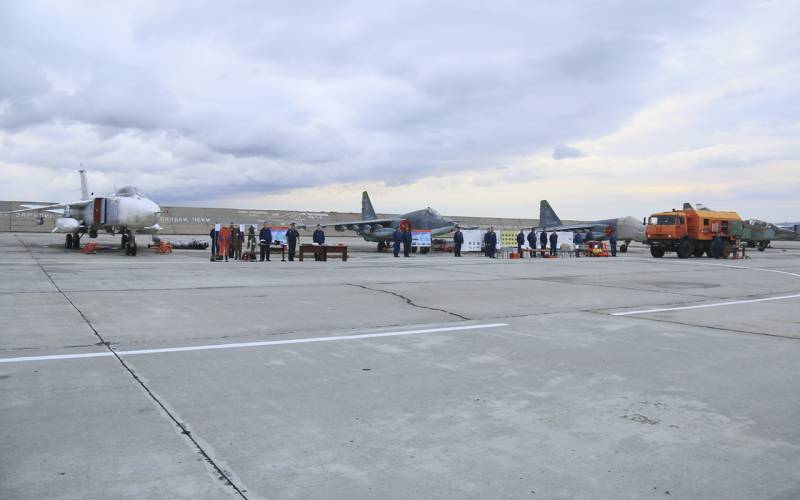
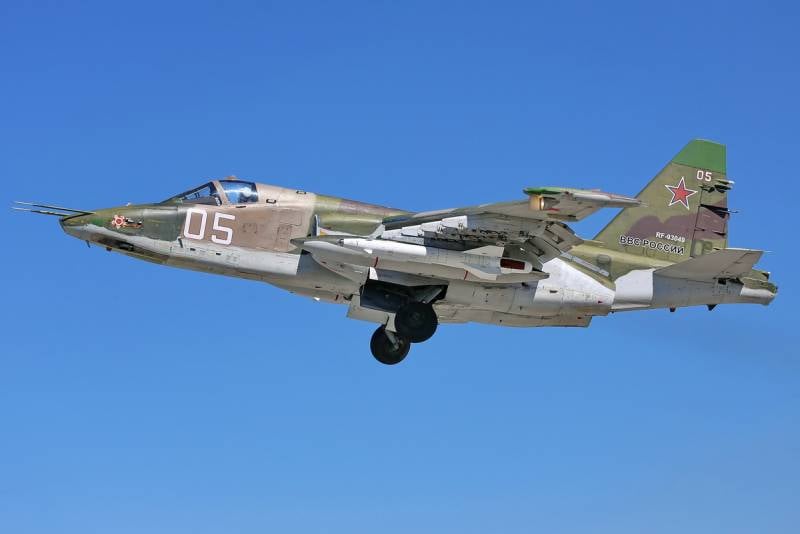
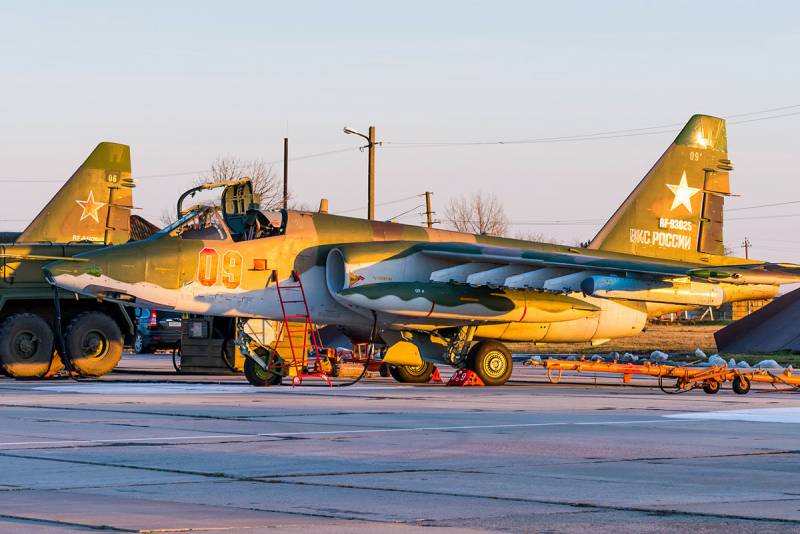
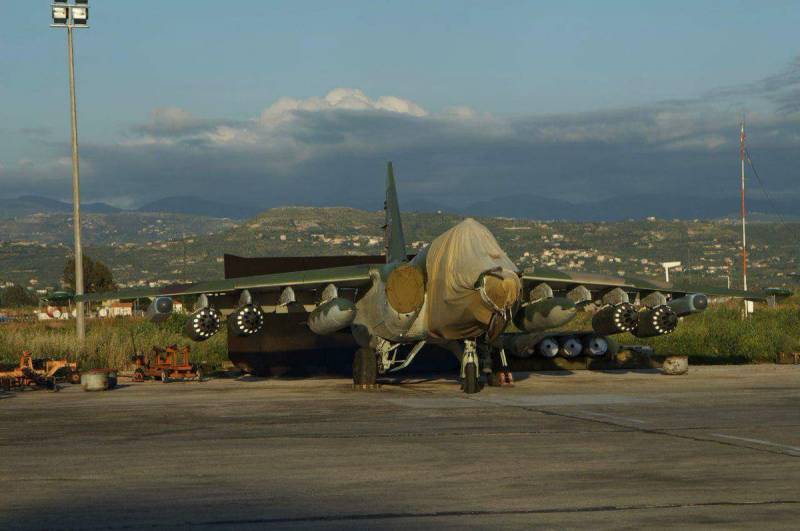
Information